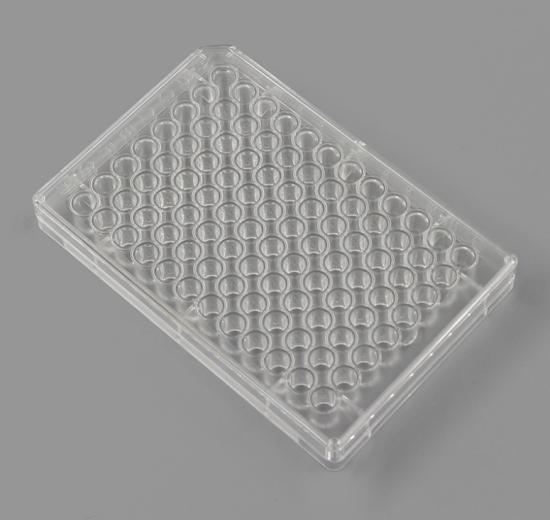How Do I Sterilize Cell Culture Plates?

Sterilization is crucial for cell culture as it eliminates contaminants like bacteria and fungi that can harm your cells or interfere with your experiment. Here are the two most common methods for sterilizing cell culture plates:
l Autoclaving: This is the preferred method for most cell culture applications due to its effectiveness and ability to penetrate liquids and complex shapes. Place unwrapped loosely capped plates in an autoclave set for the appropriate cycle (typically 121°C for 15-20 minutes) and allow them to cool completely before use. Not all plastics are autoclave-safe. Check the manufacturer's instructions for your specific plates to ensure they can withstand autoclaving temperatures.
l Chemical Disinfection: This method is an alternative for plates not suitable for autoclaving or when autoclaving is unavailable. Use a disinfectant solution like 70% ethanol according to the manufacturer's instructions. Wipe down the outside and rim of the plate with ethanol, allowing it to evaporate completely before use.Ethanol may not eliminate all spores and is less effective than autoclaving.
l Aseptic Technique: Regardless of the sterilization method, always use an aseptic technique when handling sterile cell culture plates to prevent contamination during use. This includes wearing gloves, working in a sterile environment, and using sterile tools.
Following these guidelines will ensure your cell culture plates are sterile and ready for your experiments.You might also want to know How Long Can I Store Cell Culture Plates?
- Art
- Causes
- Crafts
- Dance
- Drinks
- Film
- Fitness
- Food
- Jeux
- Gardening
- Health
- Domicile
- Literature
- Music
- Networking
- Autre
- Party
- Religion
- Shopping
- Sports
- Theater
- Wellness


